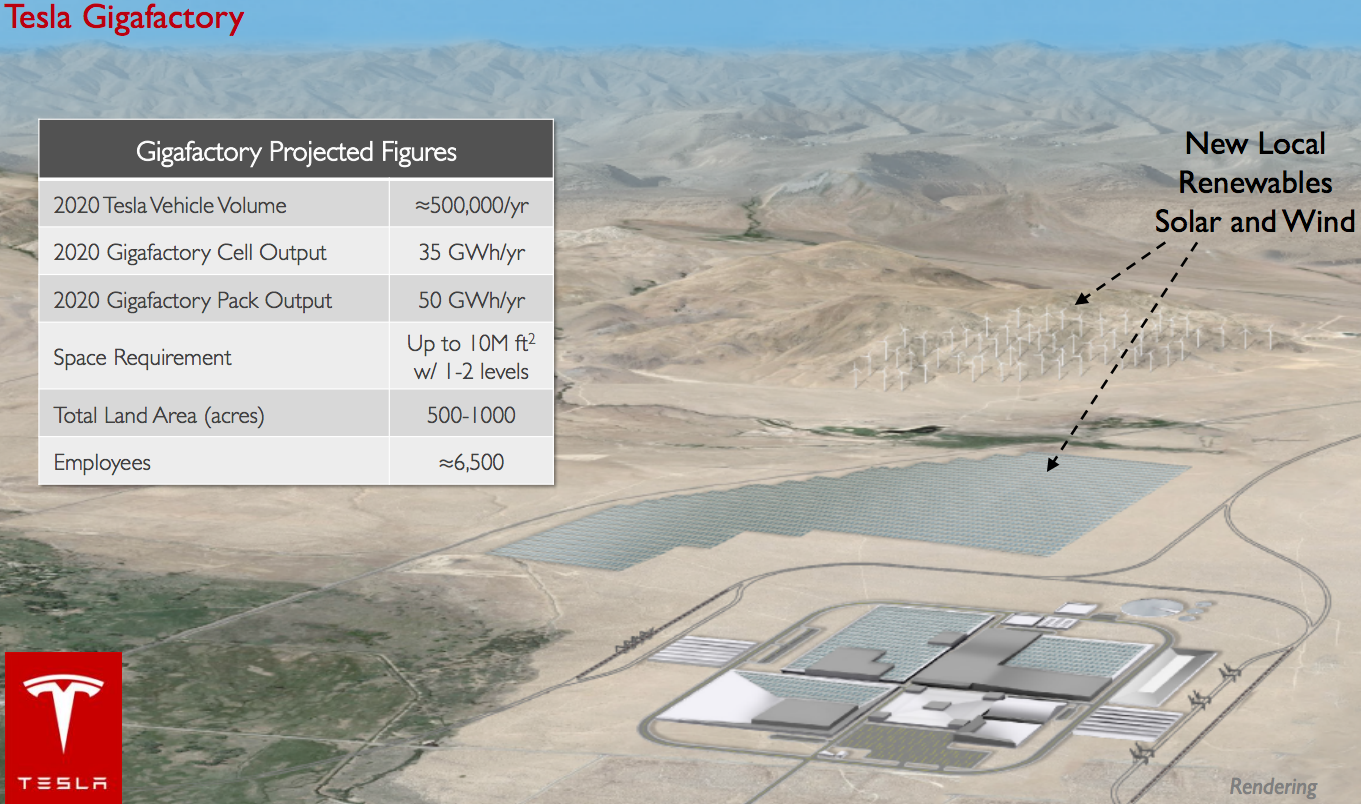Electric-car marker Tesla Motors (TSLA +1.86%) reports earnings after market close today. As one of the few high-growth stocks with a pricey valuation that hasn't sold off sharply this year, the stock may be subject to extra scrutiny when the numbers are released. Even more, the stock still sits on some massive gains, up more than 250% in the last 12 months and 33% year to date. The stakes are undoubtedly high.
Can Tesla deliver again? While there will be many metrics and comments investors will be watching, here are the three most important.

Model S. Source: Tesla Motors.
Vehicle deliveries
In Tesla's fourth quarter of 2013, management said it plans to boost vehicle deliveries of its pricey Model S by about 50% in 2014 to 35,000, thanks to an aggressive international expansion in Europe and China. But the first quarter of 2014, Musk explained, would have to take a hit as the company begins to ship vehicles overseas to fill its logistics pipeline. In Q1, Tesla expects to deliver 6,400 cars -- more than 400 units short of Q4's figure.
Given the forward-looking assumptions priced into Tesla stock, investors should hope the company beats its own guidance with deliveries of 6,600 or more.
But where investors will really be eying the figure for deliveries is in guidance. The most important question when it comes to deliveries is this: Does the company's second-quarter guidance suggest that Tesla is still on pace for 35,000 deliveries in 2014? Look for the company to maintain or boost annual guidance for 35,000 deliveries in 2014, and a forecast for about 7,500 deliveries in Q2.
Automotive gross profit margin
One of Tesla's critical bragging rights is its impressive automotive gross profit margin. In Q4, Tesla achieved its goal set in 2012 for an automotive gross profit margin of 25% by the end of 2013. For 2014, Tesla has raised its target to 28%.
With limited deliveries (and hence loss of leverage) during the quarter as Tesla fills its pipelines, investors likely won't see progress in Q1. Look for the company to at least maintain its Q4 non-GAAP automotive gross profit margin (excluding ZEV credits) of 25.2%. Also important, investors should hope Tesla maintains its year-end target of a 28% automotive gross profit margin.
Gigafactory plans
When it's all said and done, Tesla is priced for the successful launch of its planned lower-cost, all-electric vehicle. And this vehicle will only be made possible with Tesla's planned Gigafactory, or the world's largest lithium-ion production facility. It's this factory that will help Tesla achieve the scale it needs to finally become a major player in the auto market.

Rendering of Tesla's planned Gigafactory. Source: Tesla Motors.
After announcing details about the Gigafactory in late February, investors still have a lot of questions. Has Panasonic finally agreed to be a partner in the project? Is the company on schedule for breaking ground? How does Tesla feel about the level of risk related to the project? Look for Tesla to answer some of these questions.
Investors can use these metrics and items as benchmarks. If any of these key items offers a surprise, investors should dig into the company's quarterly letter to shareholders and the earnings call to see what exactly caused the surprise.
Earnings and revenue will almost be an afterthought. Revenue is obviously a function of vehicle deliveries, and investors should hope Tesla is spending heavily on administrative and research and development -- both factors that could put a drag on the bottom line -- to help the company deliver on the future vehicles, increased production, and the Gigafactory. But for the sake of comparison, the consensus analyst estimatefor Tesla's Q2 revenue and EPS is $699 million and $0.10.
